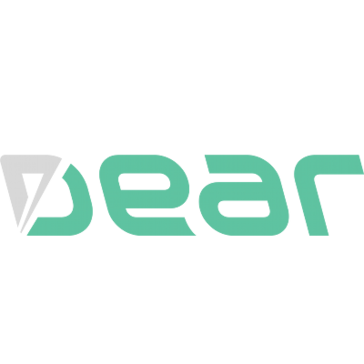The Shed Defender: $70K Per Month Selling Onesies For Dogs
Hello! Who are you and what business did you start?
I’m Tyson Walters, the founder and CEO of Shed Defender. The company officially launched in October 2016, but I came up with the idea about 6 years ago and spent a few years testing out fabrics and designs so it’s been a long road to get to where we are today.
The only product we sell right now is the flagship product - the Shed Defender, which is a versatile onesie that contains pet hair and dander, reduces anxiety and can replace the medical cone for dogs with hotspots, skin conditions, allergies, surgical sites and more. We have nine different sizes so we are able to fit dogs from about 5 lbs. up to 200 lbs.
To date, we’ve sold over 30,000 units and generated over $1.7 million in sales. In 2019 were expected to continue growing and have some exciting new products in the works!


Download the report and join our email newsletter packed with business ideas and money-making opportunities, backed by real-life case studies.

Download the report and join our email newsletter packed with business ideas and money-making opportunities, backed by real-life case studies.

Download the report and join our email newsletter packed with business ideas and money-making opportunities, backed by real-life case studies.

Download the report and join our email newsletter packed with business ideas and money-making opportunities, backed by real-life case studies.

Download the report and join our email newsletter packed with business ideas and money-making opportunities, backed by real-life case studies.

Download the report and join our email newsletter packed with business ideas and money-making opportunities, backed by real-life case studies.

Download the report and join our email newsletter packed with business ideas and money-making opportunities, backed by real-life case studies.

Download the report and join our email newsletter packed with business ideas and money-making opportunities, backed by real-life case studies.
















